Where to eat in Monmartre
When it comes to food, Montmartre is a gastronomic paradise. From traditional French bistros to trendy fusion restaurants, here are some of the best places to eat in Montmartre.
This restaurant has been serving up classic French cuisine since 1780! It’s located on a charming cobblestone street and features a cozy interior with rustic wooden beams and brick walls. Make sure to try their boeuf bourguignon, a hearty beef stew that’s perfect for a chilly evening.
This iconic café has been a favorite of artists and writers for over a century. The outdoor terrace offers stunning views of the Sacré-Cœur basilica and the cobblestone streets of Montmartre. The menu features traditional French dishes like escargots and coq au vin, as well as lighter options like salads and quiches.
This historic windmill-turned-restaurant is a must-visit in Montmartre. It’s been around since the 17th century and was a favorite hangout spot for artists like Renoir and Van Gogh. The menu is a mix of traditional French dishes and contemporary cuisine, with options like foie gras and grilled octopus. The interior is chic and modern, with a nod to the building’s storied past.
Montmartre vegan
Le Potager de Charlotte is a delightful vegan restaurant and prides itself on using fresh, organic produce to create delicious and healthy meals that are full of flavor. The interior of Le Potager de Charlotte is bright and colorful, with an inviting atmosphere that makes it the perfect spot for a leisurely lunch or dinner.
Le Potager de Charlotte uses locally-sourced and seasonal ingredients. This means that the menu changes regularly, based on what produce is available. Another great aspect of Le Potager de Charlotte is the affordable prices – despite the use of high-quality ingredients, the prices are very reasonable, making it an excellent option for travelers on a budget.
Breakfast in Montmartre
Starting the day with a delicious breakfast is a must when you’re exploring Montmartre. Luckily, there are plenty of cafes and bakeries in the area that serve up mouth-watering pastries and freshly brewed coffee. Here are some of the best places to grab breakfast in Montmartre.
This charming bakery is a favorite of locals and visitors alike. The scent of freshly baked croissants and baguettes wafts out onto the street, inviting you inside. Grab a coffee and a pastry and enjoy it on the outdoor terrace, which offers a stunning view of the Sacré-Cœur basilica.
This Australian-inspired cafe is a bit of a departure from the traditional French breakfast, but it’s well worth a visit. The menu features dishes like avocado toast, eggs benedict, and fluffy pancakes. The interior is stylish and modern, with a laid-back vibe that’s perfect for starting your day off on the right foot.
This cozy cafe serves up some of the best croissants in Montmartre. The interior is decorated with vintage furniture and old books, giving it a charming, eclectic feel. Don’t miss their pain au chocolat, which is perfectly flaky and buttery.
This iconic cafe is famous for its appearance in the movie “Amélie.” The interior is a quirky mix of vintage decor and colorful paintings, and the menu features classic French breakfast dishes like croque-monsieur and tartines. Make sure to snap a photo of the iconic red sign outside!
Montmartre for brunch
Brunch is the perfect meal for lazy weekends, and Montmartre has plenty of options for those looking for a mid-morning feast. Whether you’re in the mood for a classic French brunch or something a bit more contemporary, you’ll find it in Montmartre. Here are some of the best places to brunch in the area.
This trendy restaurant serves up a delicious brunch menu that’s perfect for those with a sweet tooth. The pancakes and waffles are fluffy and decadent, and a granola bowl is a healthy option for those who want to start their day off on the right foot. Make sure to try one of their signature cocktails, like the “Bloody Marcel,” which comes with a bacon-wrapped date.
This picturesque pink building is a must-visit for any Instagrammer in Montmartre. Luckily, the brunch menu is just as photogenic as the facade. The avocado toast is a standout, topped with fresh tomatoes and feta cheese. The outdoor terrace is perfect for people-watching, and the friendly staff will make you feel right at home.
This upscale restaurant is known for its roasted chicken, but the brunch menu is just as impressive. The “petit dej’ du coq” includes a croissant, juice, and coffee, while the full brunch menu features dishes like quiche Lorraine and eggs Benedict. The interior is elegant and sophisticated, with a touch of vintage charm.
Montmartre bars
If you’re looking for a fun night out in Paris, Montmartre has plenty of options for bars and nightlife. From cozy wine bars to trendy cocktail lounges you will definitely find something that matches your preferences. Here are some of the best bars in Montmartre.
Don’t let the name fool you – this trendy cocktail bar is a must-visit for anyone looking for a night out in Montmartre. The tiki-inspired decor is a fun departure from the traditional Parisian bars, and the cocktails are creative and delicious. Try the “Zombie,” a potent concoction made with three different types of rum.
This historic bar has been around since 1880, and it’s still a popular spot for a night out in Montmartre. The interior is ornate and luxurious, with high ceilings and chandeliers. Order a glass of champagne and some oysters, and soak up the glamorous atmosphere.


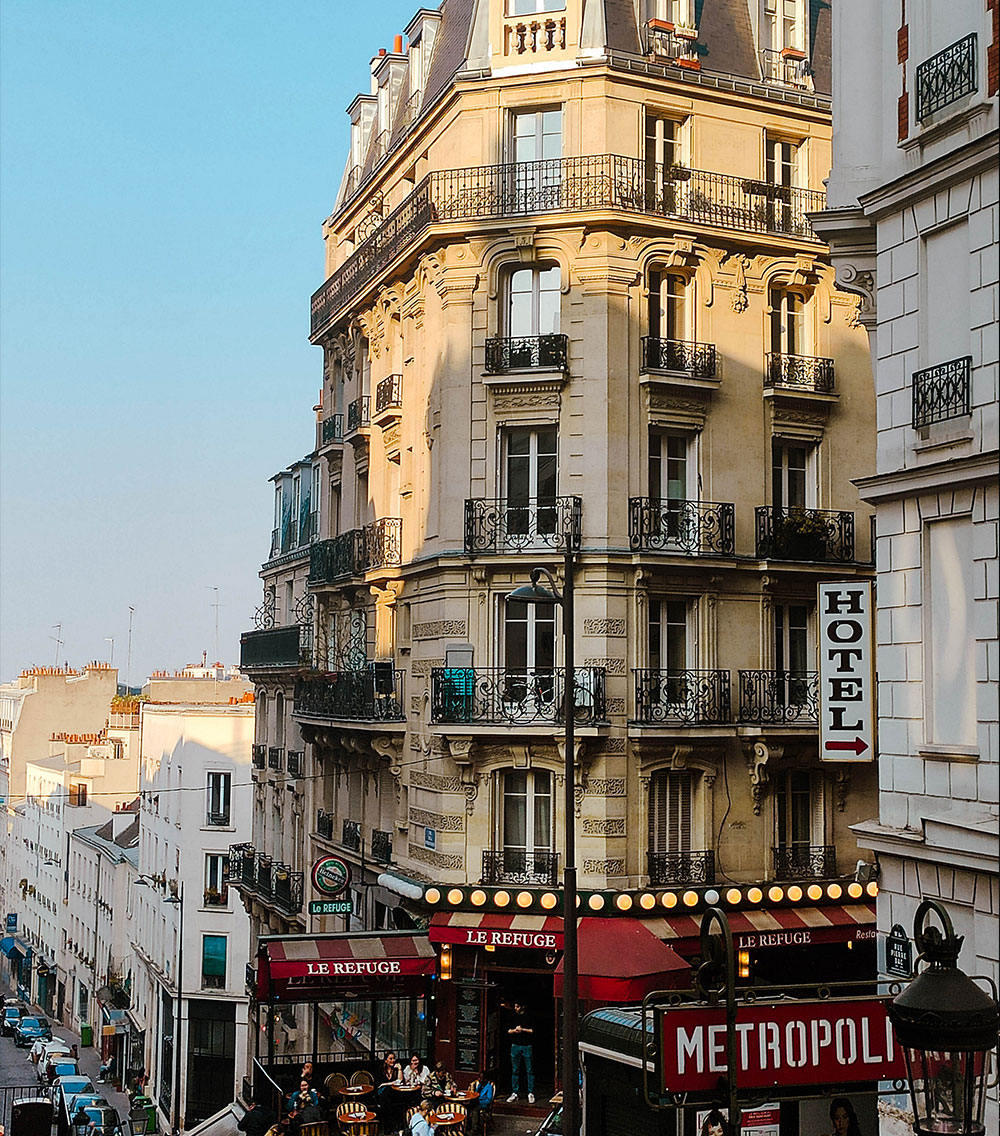

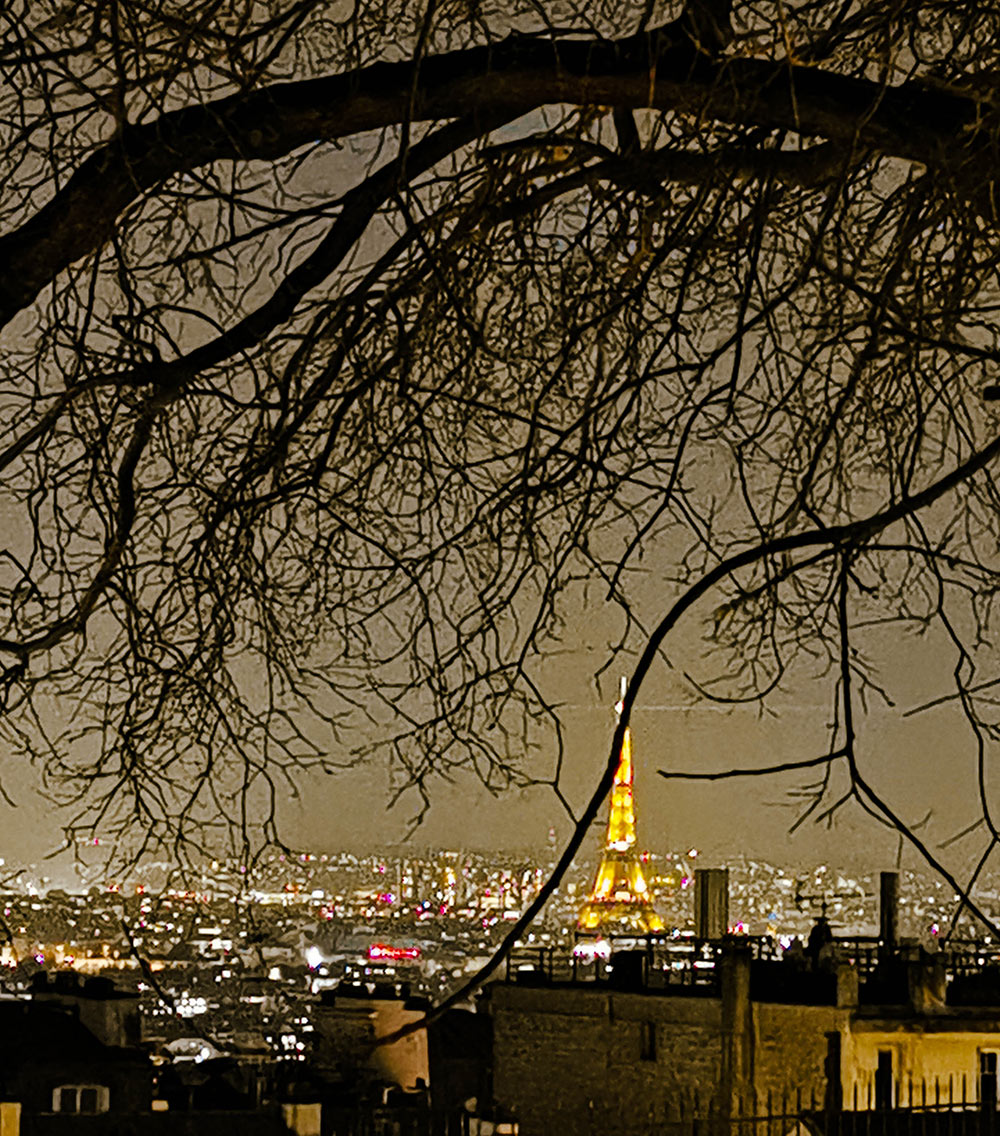
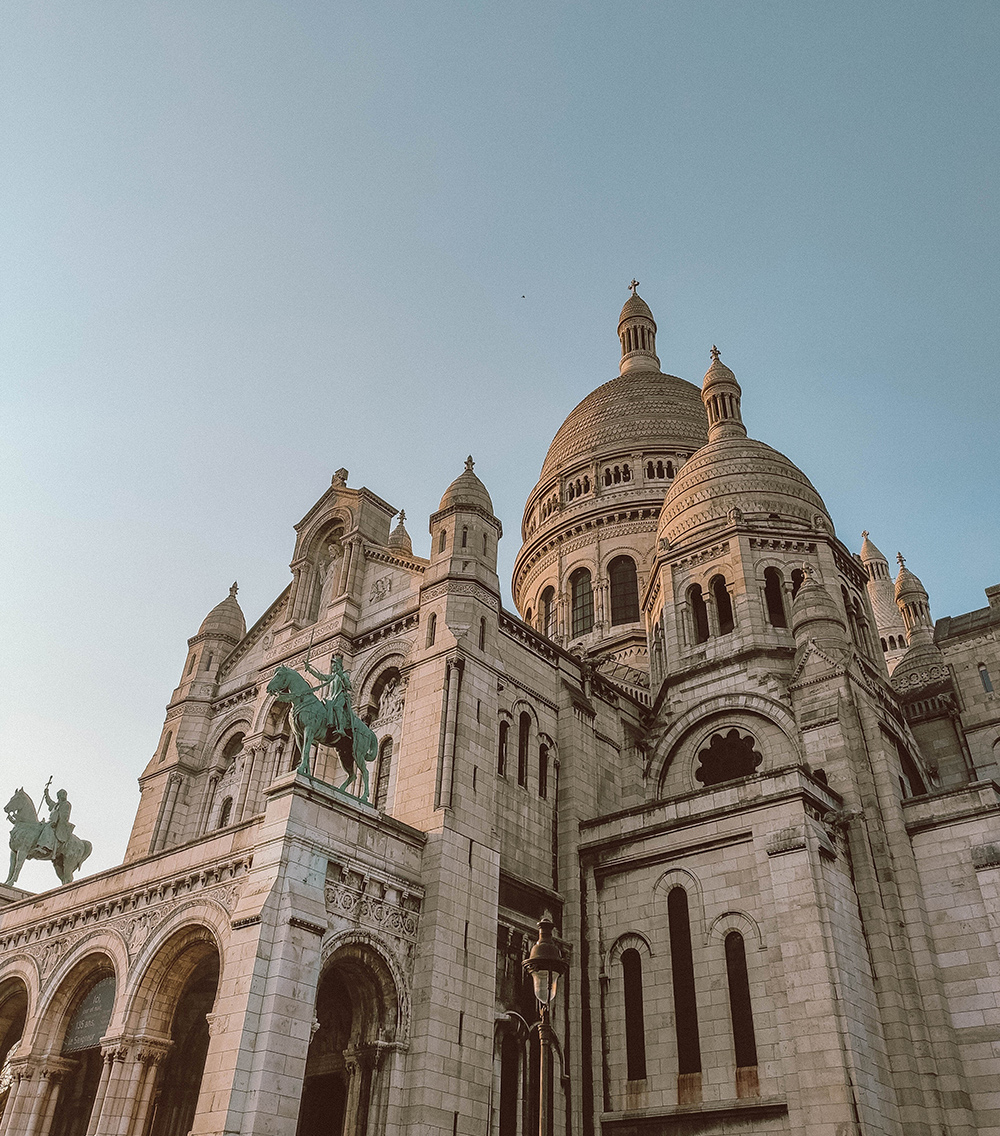
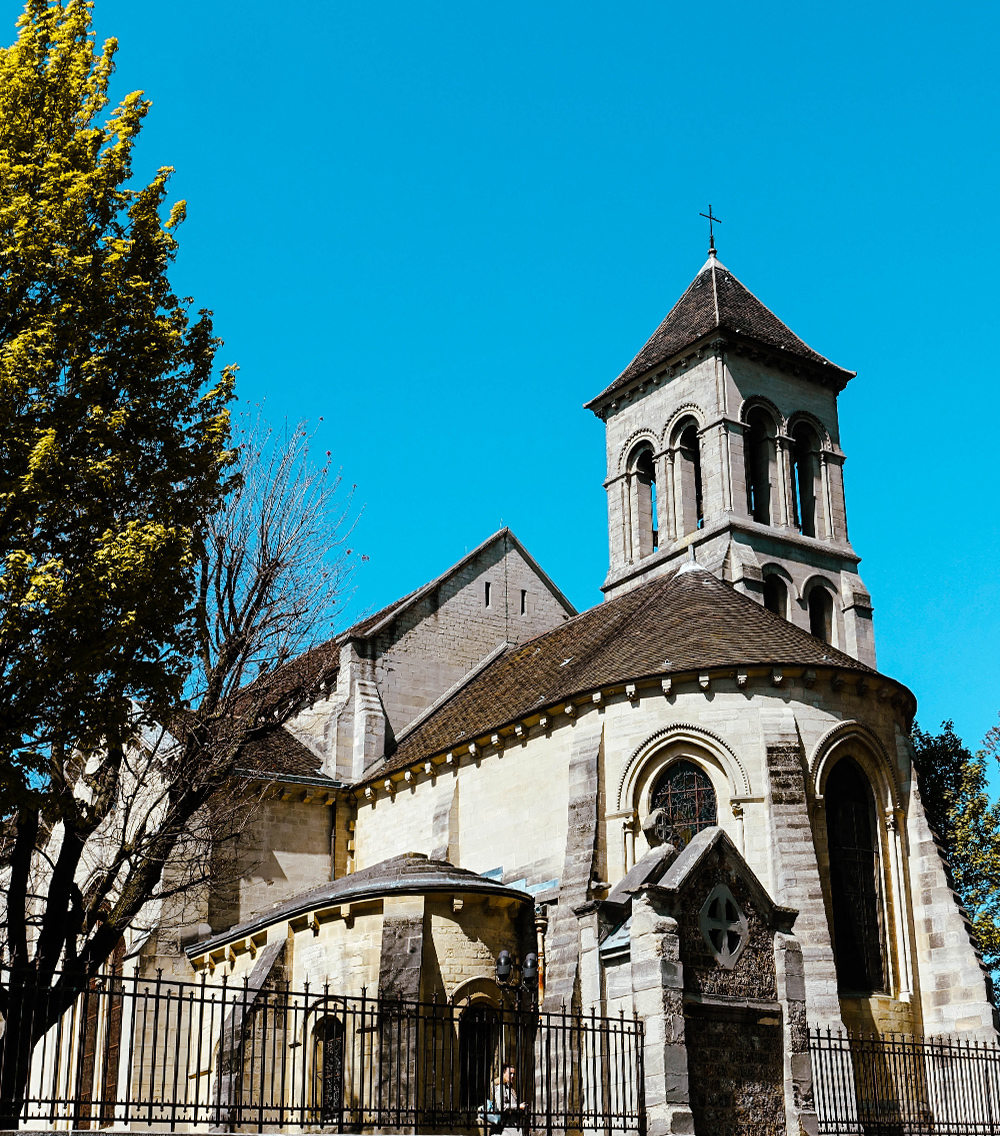


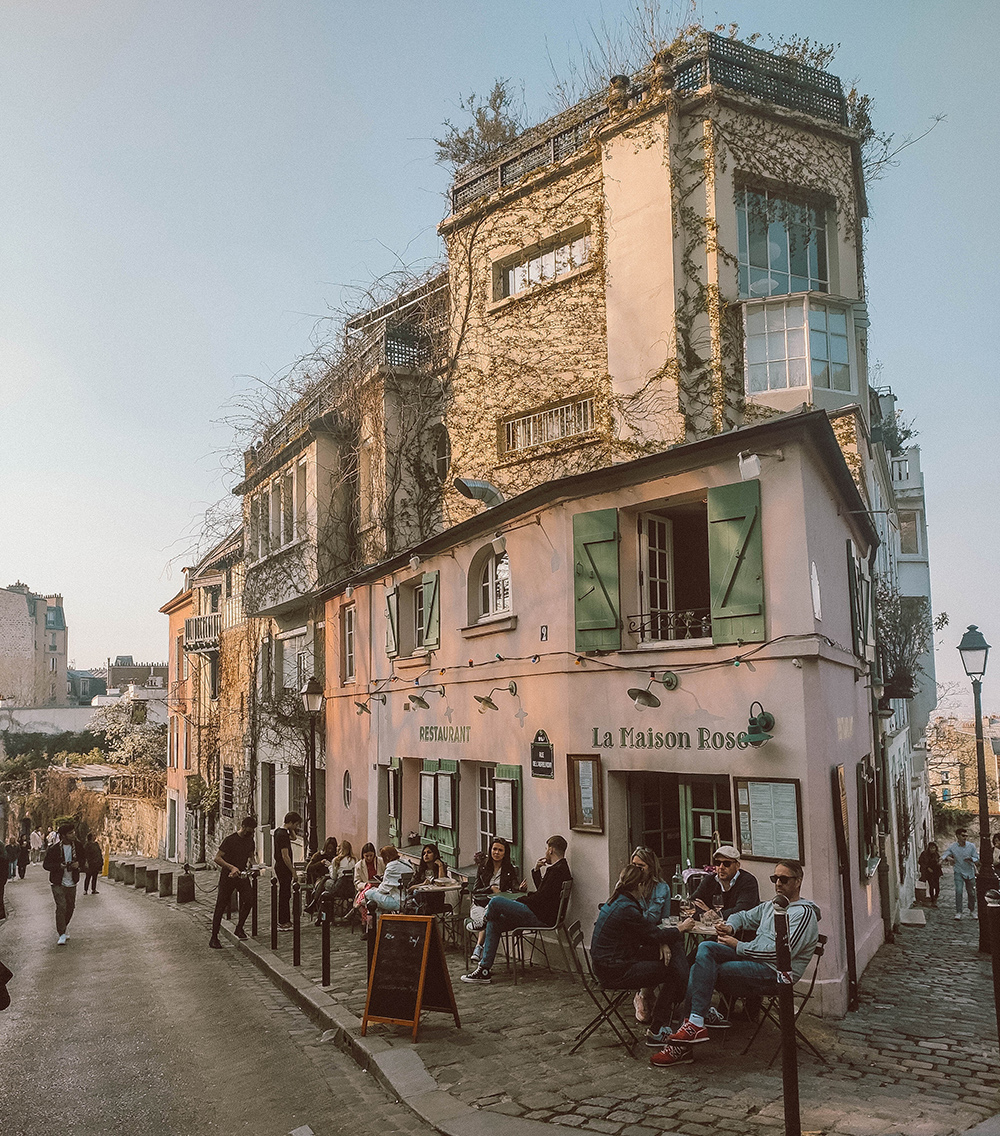


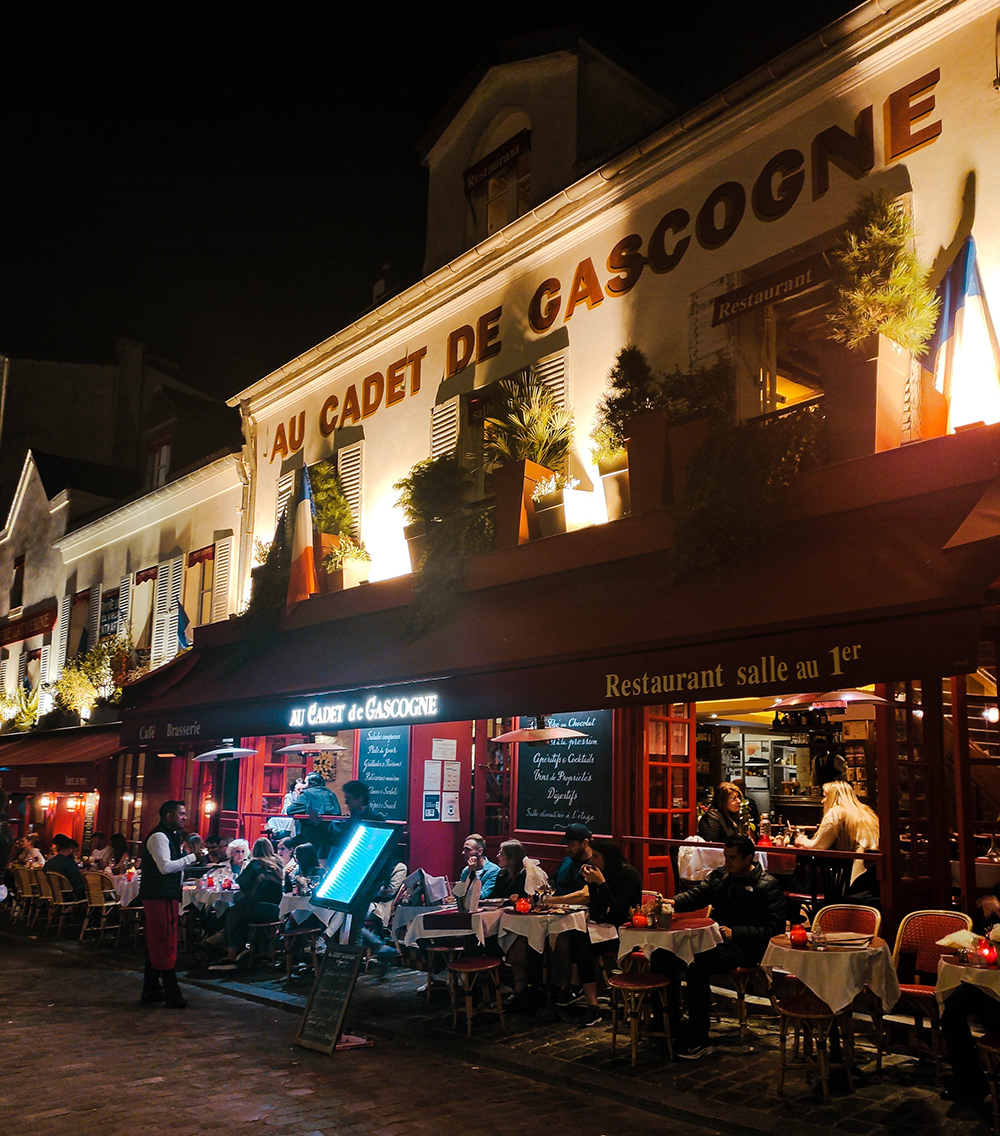


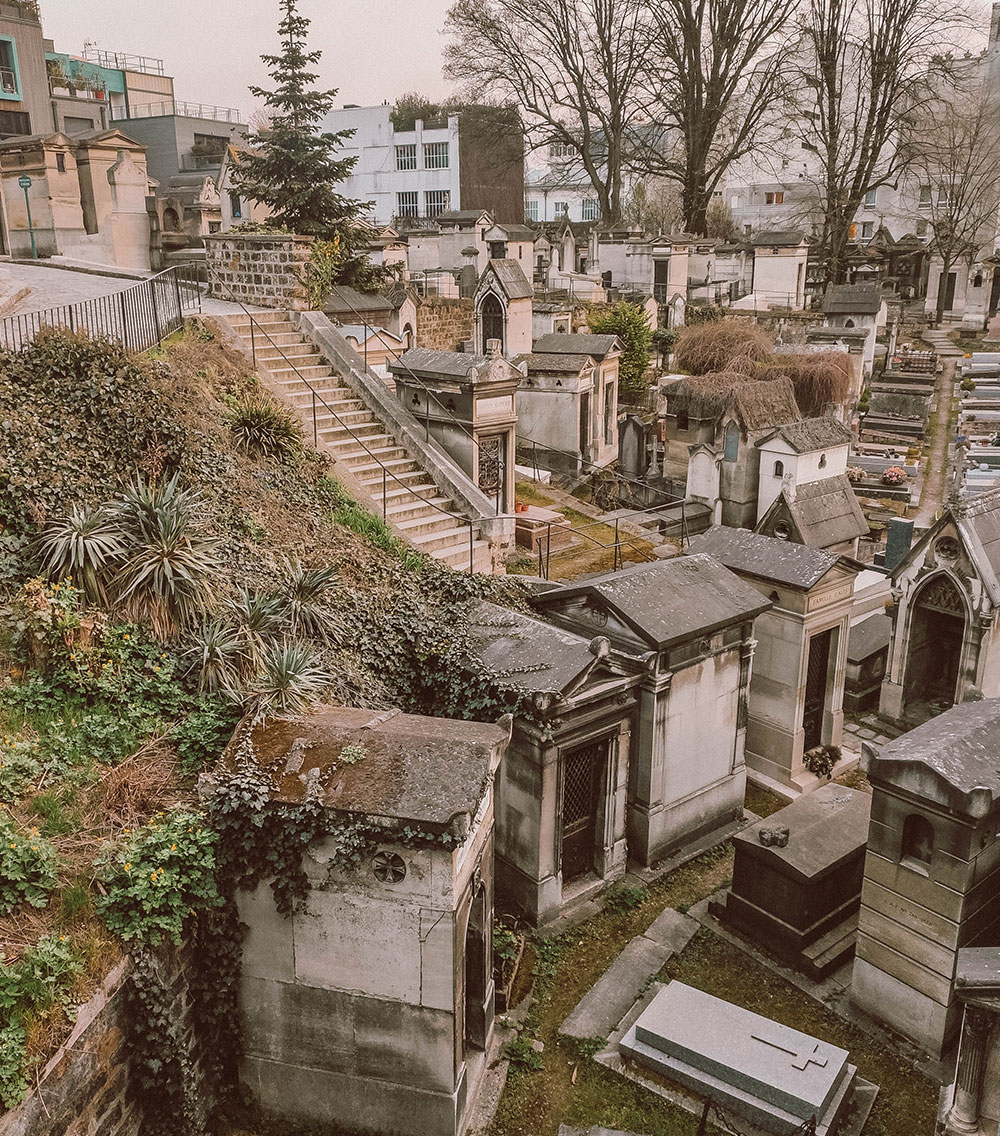
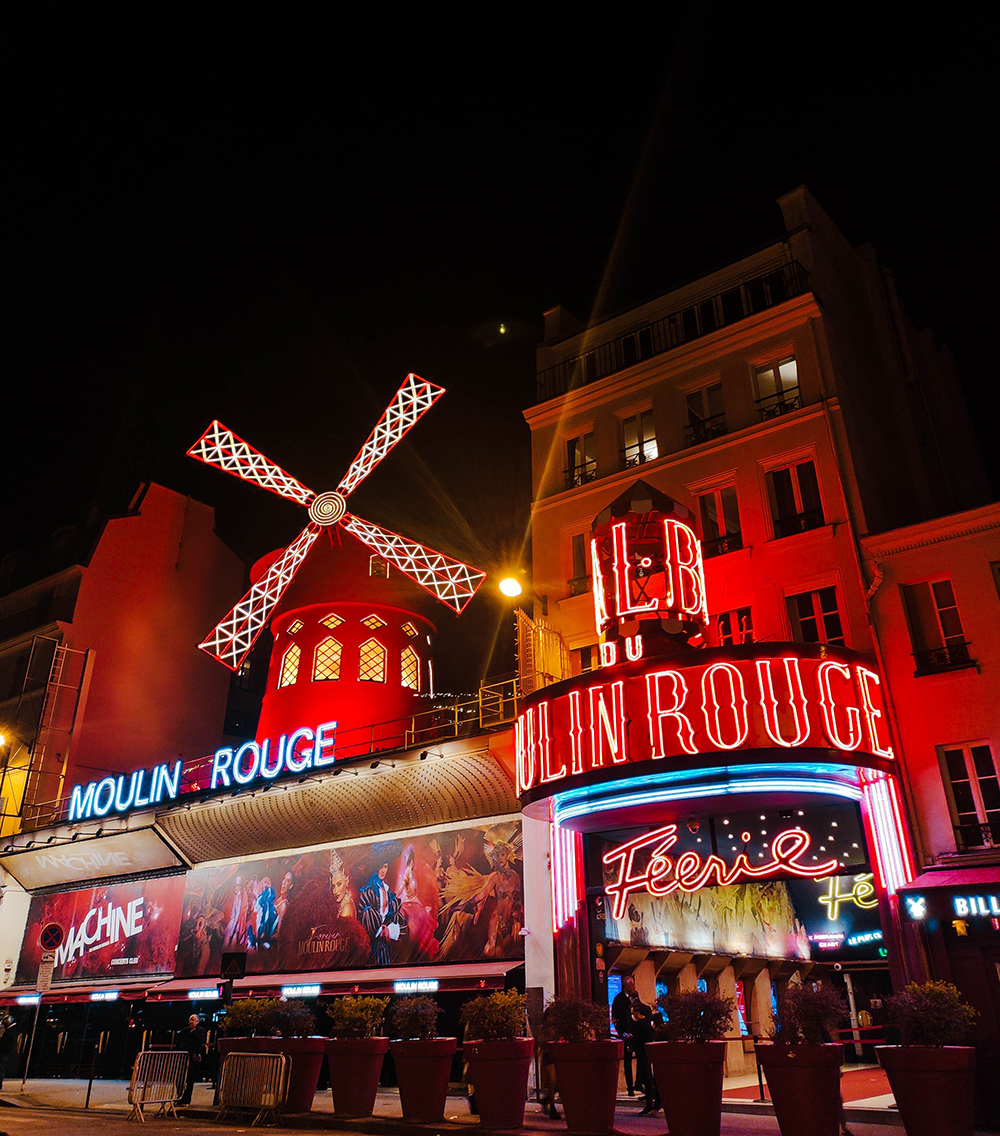
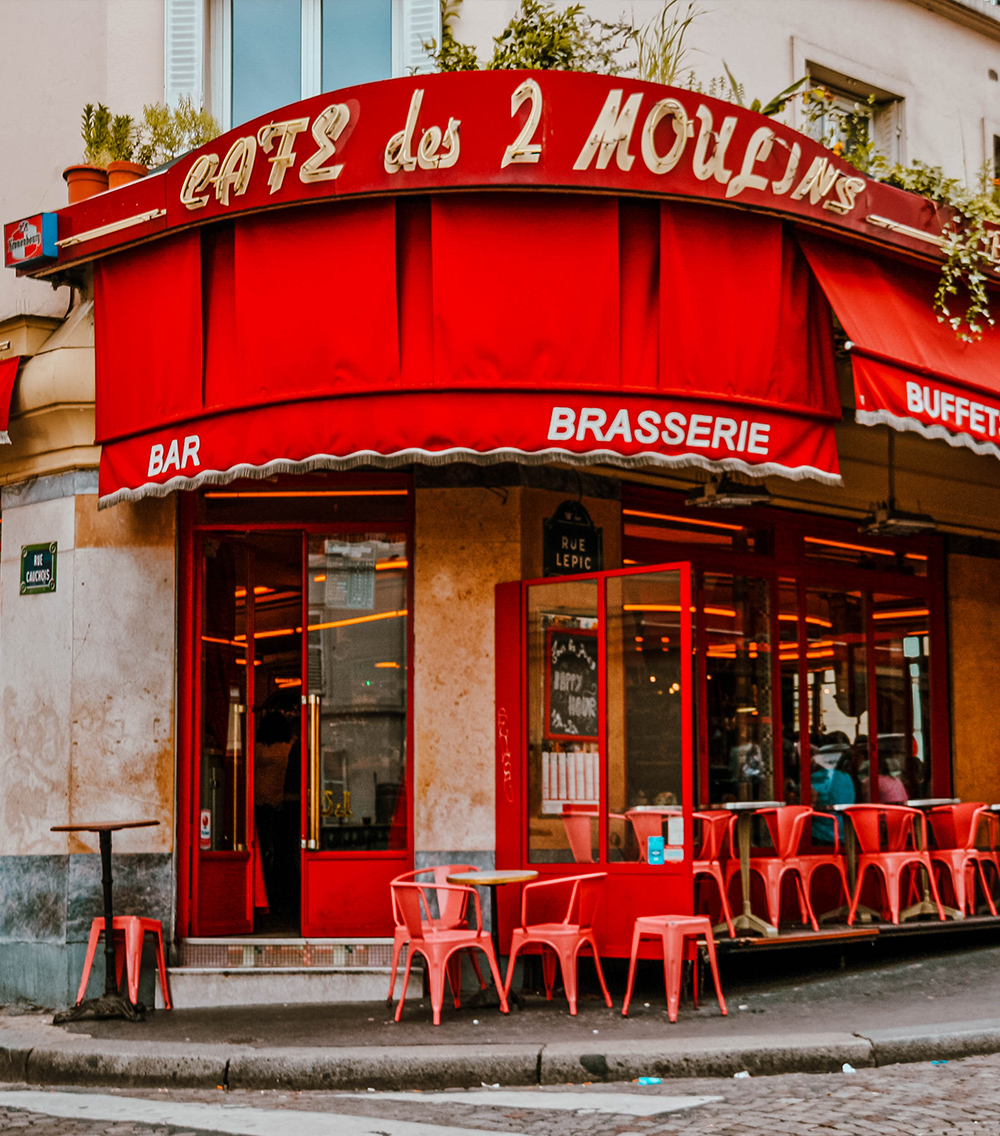

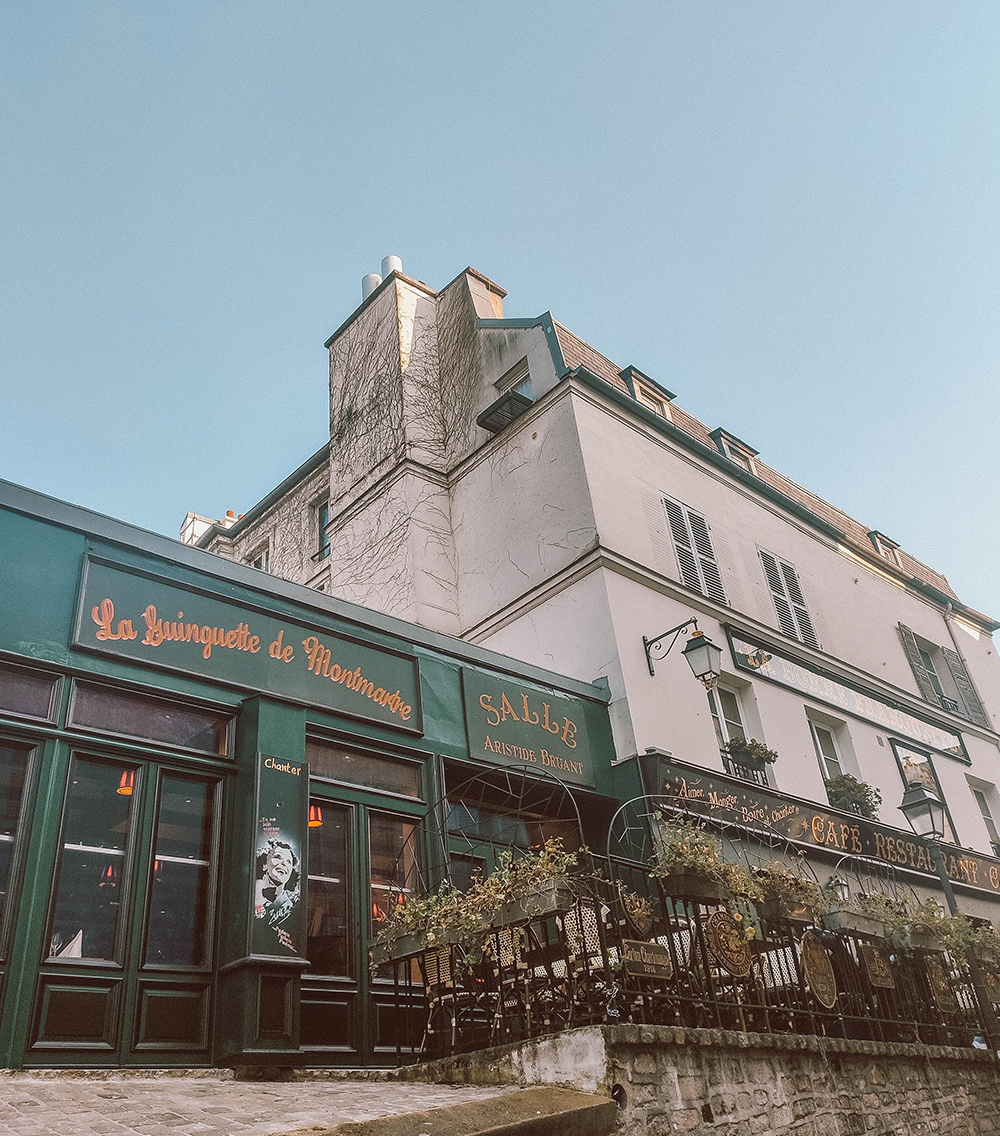




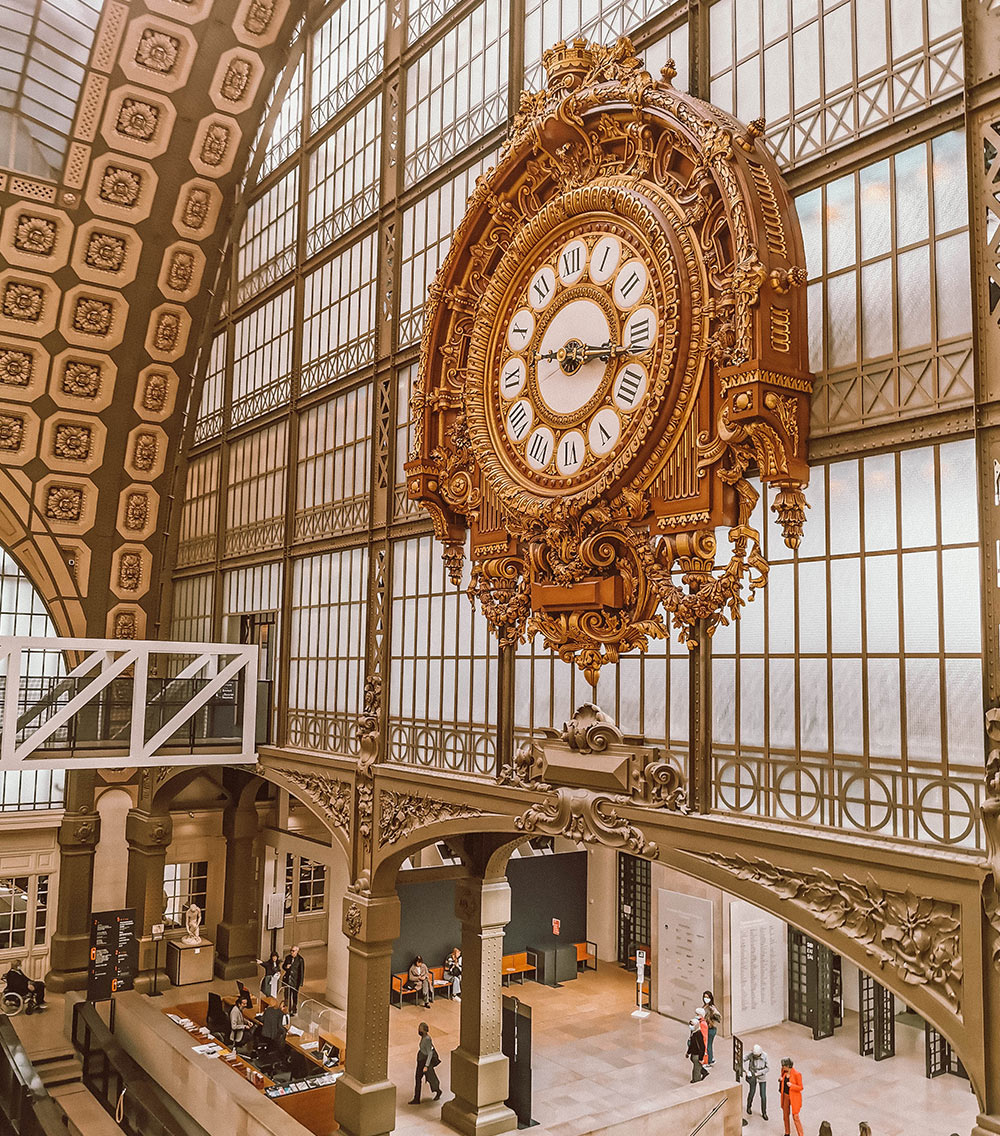
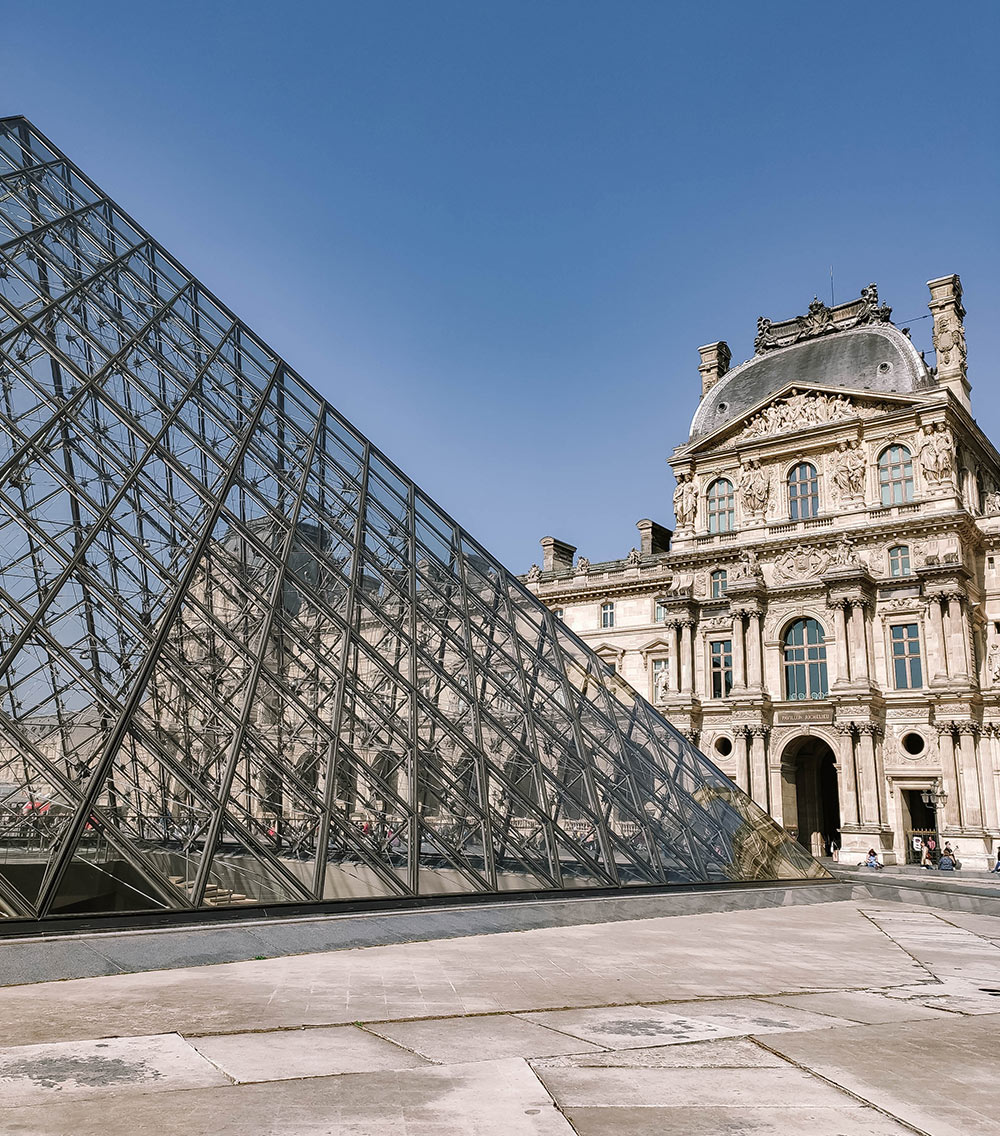
No Comments